During air-to-air combat, with a remarkable record of 104 ‘Splash‘ and zero losses as of 2023, let us Explore the Best from F-15 Eagle to F-15EX Eagle II. These formidable fighter jets not only uphold the successful legacy of the F-15 but also maintain its long-standing reputation as a dominant air superiority fighter!
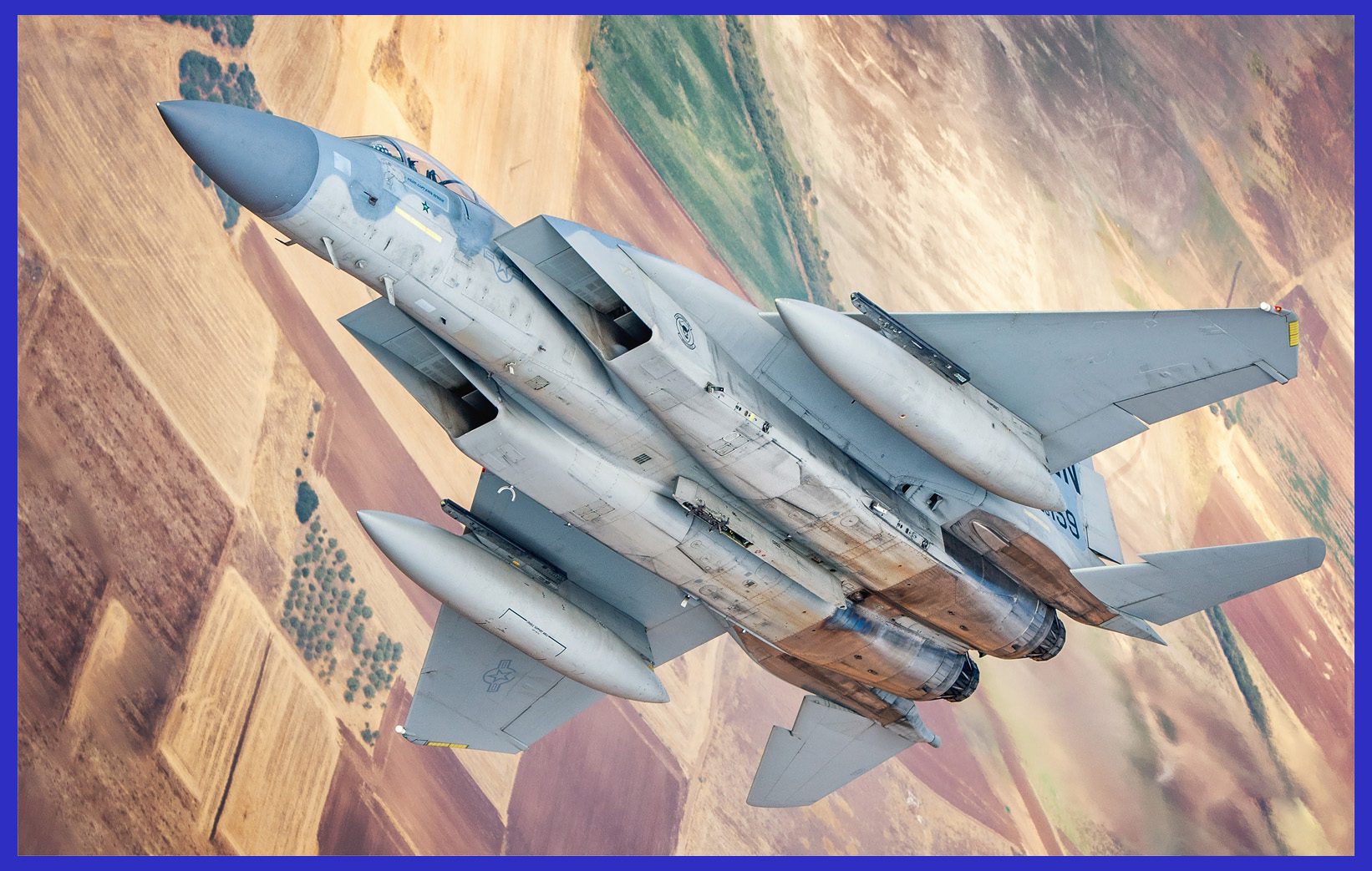
In this description, it is imperative to acknowledge that this legendary military jet, known as the Eagle, was meticulously designed and developed by McDonnell Douglas in 1969 to fulfil the service’s specific requirement for an exceptional air superiority fighter. The Eagle took its inaugural flight in July 1972 and was officially commissioned in 1976. Regarded as one of the most triumphant contemporary fighters, this American twin-engine, all-weather tactical aircraft continues to dominate. Currently, since 2021, the manufacturing responsibility of this formidable fighter jet rests with Boeing Defense, Space & Security (BDS).
The Eagle, with its illustrious lineage, has undergone continuous evolution, resulting in a multitude of variants ranging from F-15A/B/C/D/J/DJ/E to the current EX model. Its exceptional reputation has led to exports to various nations, including Israel, Japan, and Saudi Arabia. Notably, Israel stands out with an outstanding record, boasting over 50 air-to-air kills without any losses.
While the F-15 was originally conceived as a pure air-superiority aircraft, its adaptable design allowed for the development of an enhanced all-weather strike variant known as the F-15E Strike Eagle. This formidable variant entered service in 1989 and has been embraced by multiple nations. Moreover, the constant pursuit of technological supremacy has resulted in the production of several additional F-15 iterations, culminating in the state-of-the-art EX model.
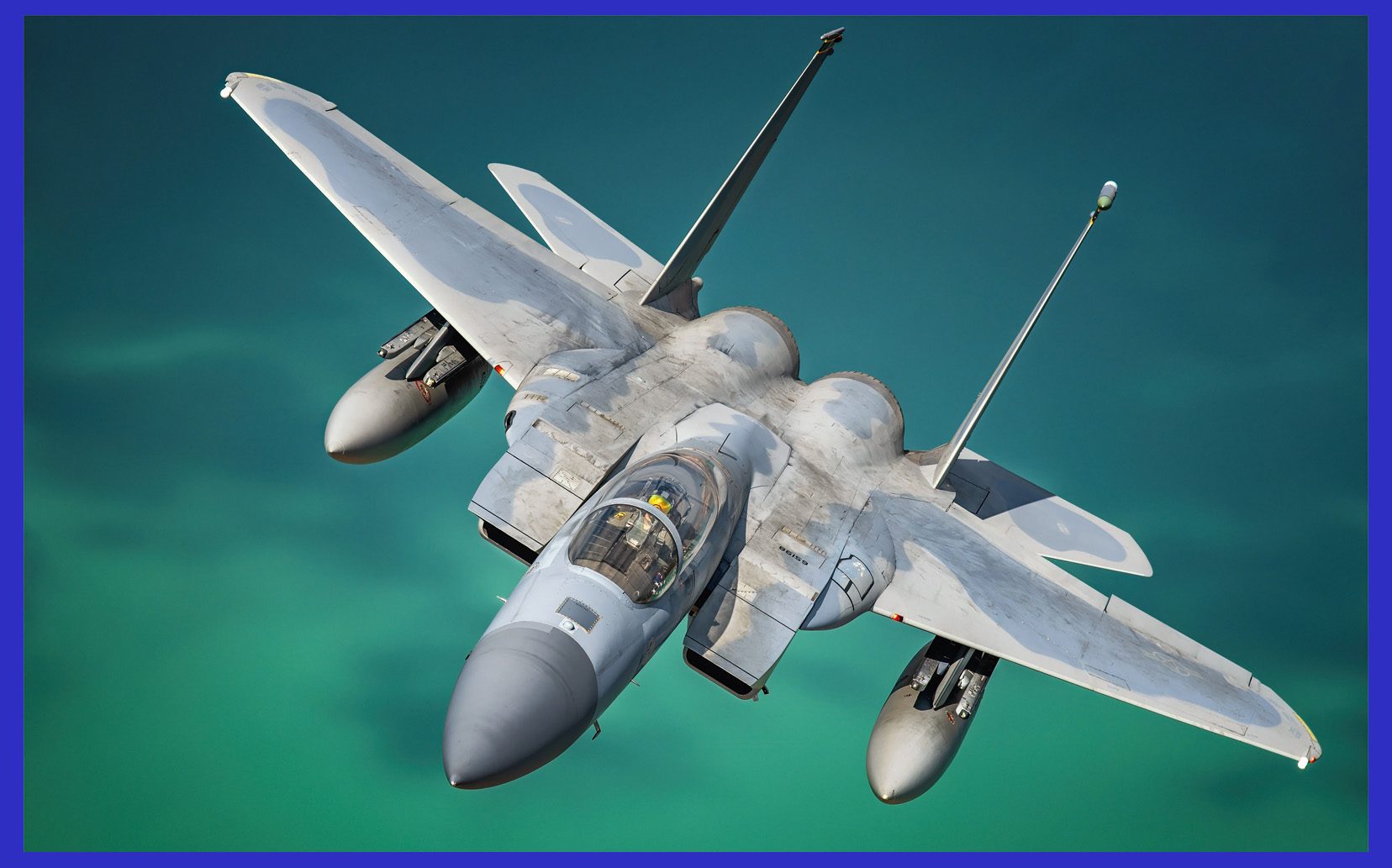
Development story of the McDonnell Douglas F-15 Eagle
The F-15 Eagle, designed to succeed the legendary F-4 Phantom, is an all-weather, highly manoeuvrable fighter originally intended to establish and maintain air superiority for the US Air Force in aerial combat. It stands as one of the most capable multi-role fighters in service today. Between its introduction into service in 1974 and 2000, the F-15 achieved an unprecedented air combat record.
The inaugural flight of the first F-15A took place in July 1972, while the two-seat F-15B trainer followed suit in July 1973. The initial delivery of an Eagle to the US Air Force occurred in November 1974. By January 1976, the first Eagle destined for a front-line combat squadron was delivered, and by the end of that year, several squadrons had achieved combat readiness.
The year 1978 marked the introduction of the single-seat F-15C and two-seat F-15D variants, both of which conducted their inaugural flights in February and June respectively. These aircraft were equipped with the Production Eagle Package (PEP 2000), which facilitated an increase in the maximum takeoff weight to 68,000 pounds (31,000 kg). This package also allowed for the inclusion of external conformal fuel tanks, resulting in an additional 2,000 pounds (910 kg) of internal fuel capacity. The increased takeoff weight enables the aircraft to carry internal fuel, a complete weapons load, conformal fuel tanks, and three external fuel tanks simultaneously.
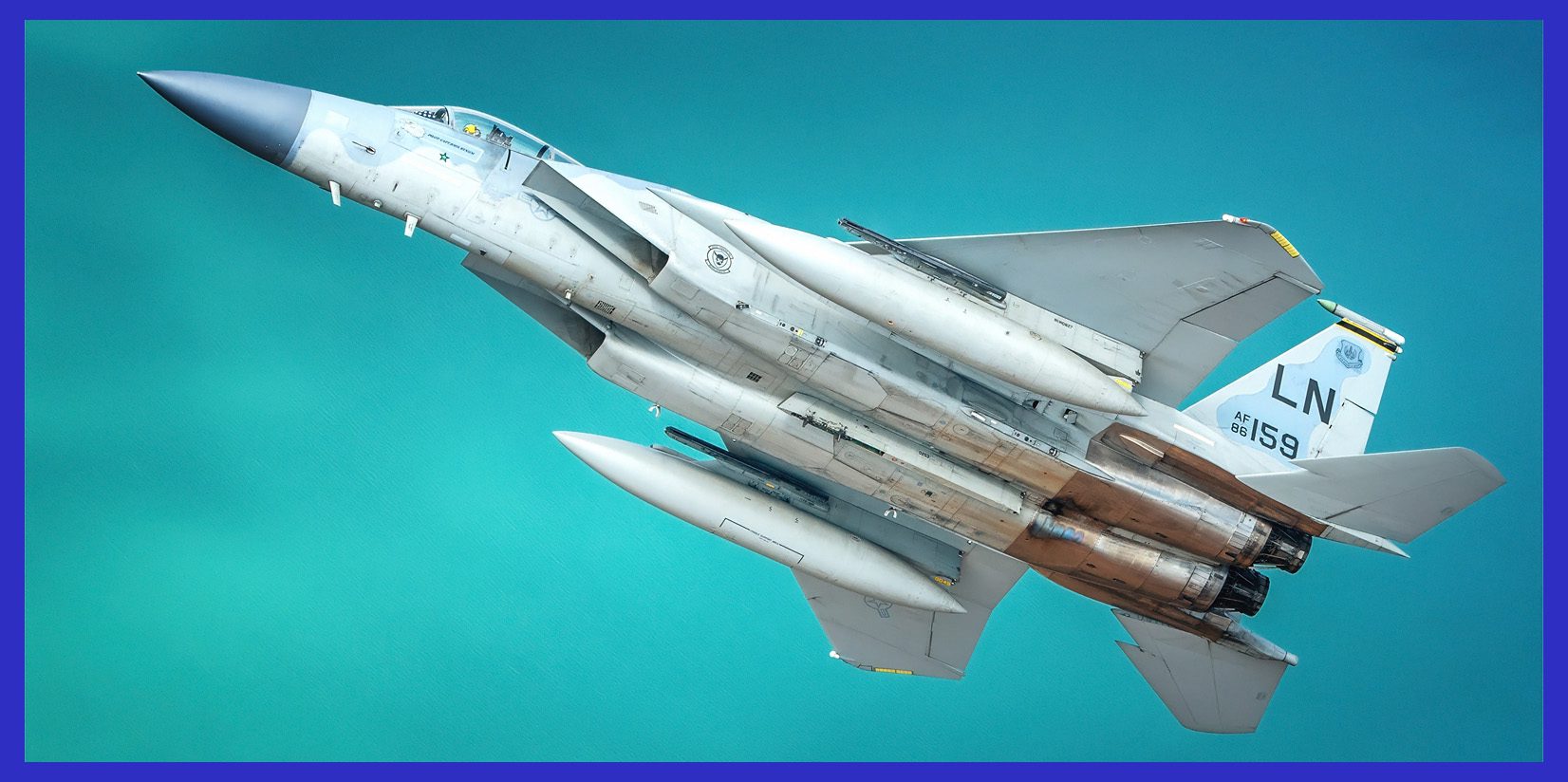
Notably, the APG-63 radar incorporates a programmable signal processor (PSP), which enables reprogramming for diverse applications such as integrating new armaments and equipment. The modified APG-63 radar with the PSP stands as the world’s first radar of its kind. Other enhancements encompass reinforced landing gear, a new digital central computer, and an overload warning system that permits the pilot to sustain up to 9 g forces across all weight ranges.
The Eagle’s unmatched air superiority is achieved through an exceptional combination of incredible manoeuvrability, acceleration, range, advanced weaponry, and cutting-edge avionics. This formidable fighter jet possesses the capability to penetrate enemy defences and outperform any current adversary aircraft in both combat manoeuvring and combat effectiveness. Equipped with sophisticated electronic systems and weaponry, the F-15 can detect, acquire, track, and engage enemy aircraft seamlessly, even while operating in airspace under friendly or enemy control. Furthermore, the weapons and flight control systems are thoughtfully designed to enable a single pilot to execute air-to-air combat missions with utmost safety and efficiency.

Advancements and Progressions
In 1979, McDonnell Douglas and Hughes partnered to privately develop a variant of the F-15 strike fighter. This version competed in the Air Force’s Dual-Role Fighter competition starting in 1982. The F-15 Multistage Improvement Program (MSIP) began in February 1983 and resulted in the production of the first MSIP F-15C in 1985. Enhancements included an upgraded central computer and a Programmable Armament Control Set for advanced AIM-7, AIM-9, and AIM-120A missiles.
The Tactical Electronic Warfare System also received upgrades to the ALR-56C radar warning receiver and ALQ-135 countermeasure set. Starting in 1985, the F-15C and D versions were equipped with enhanced P&W F100-PW-220 engines and digital engine controls, providing better throttle response, reduced wear, and lower fuel consumption. Retrofitting of the AN/APG-63(V)3 Active Electronically Scanned Array radar onto 179 USAF F-15Cs began in 2007. Plans are also underway to install the Joint Helmet Mounted Cueing System in numerous F-15s.
Additionally, Lockheed Martin developed the IRST system for the F-15C. In September 2015, Boeing announced the 2040C Eagle modification to ensure the F-15 remains up-to-date until 2040, addressing the limited number of F-22s. Key improvements focus on enhancing lethality, including quad-pack munitions racks for a 16-missile load, conformal fuel tanks for extended range, and an advanced communications pod for seamless communication with fifth-generation fighters.
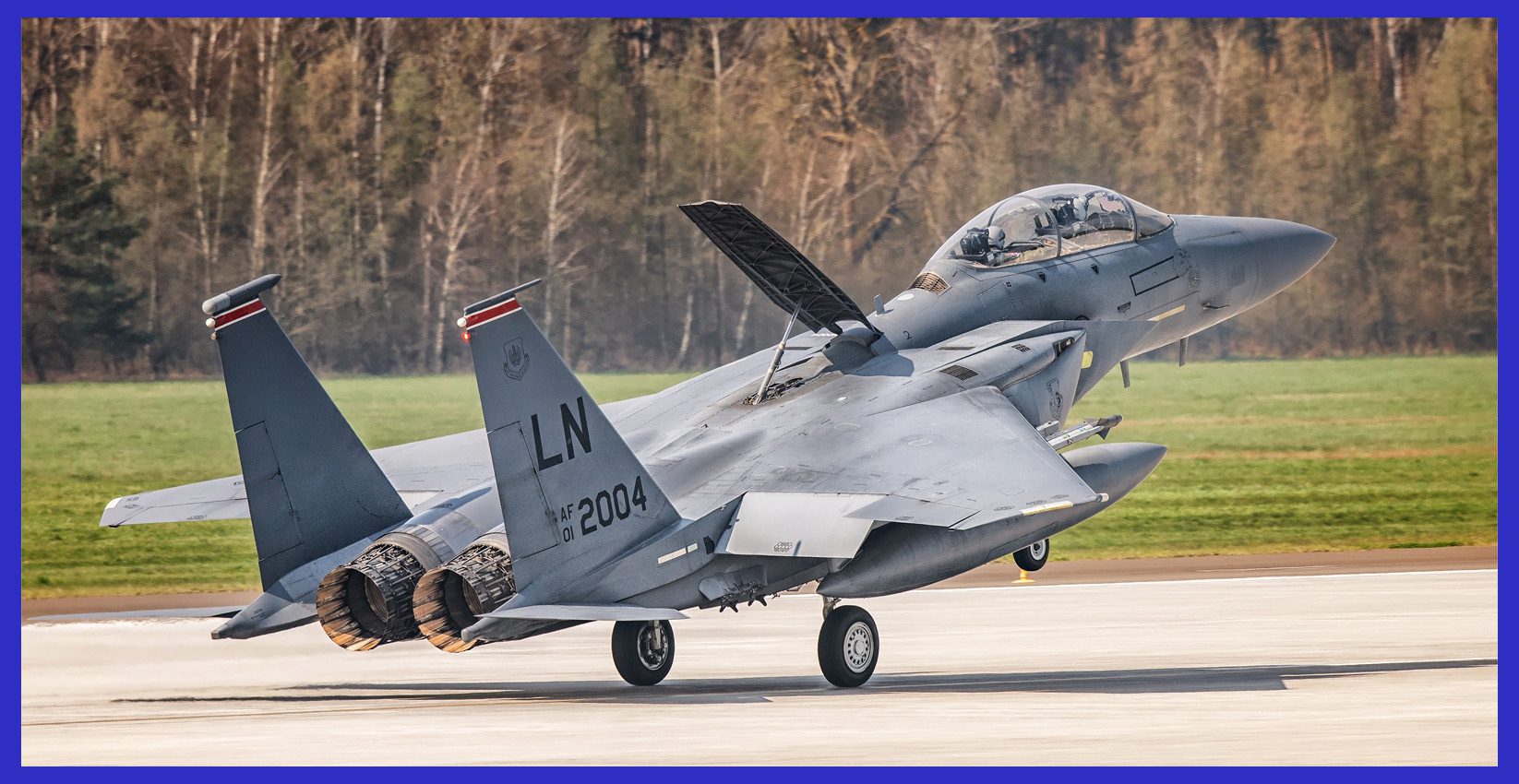
The McDonnell Douglas F-15E Strike Eagle: A New Era in Enhanced Tactical Fighters
The development: of the F-15E Strike Eagle began in the 1980s as a derivative of the F-15 Eagle, an air superiority fighter. The objective was to design a multi-role fighter with the capability to perform deep-strike missions and deliver precise ground-target strikes. The Strike Eagle variant can generally be differentiated from other US Eagle variants by its darker aircraft camouflage, the presence of conformal fuel tanks (CFTs) mounted along the engine intake ramps, and a tandem-seat cockpit.
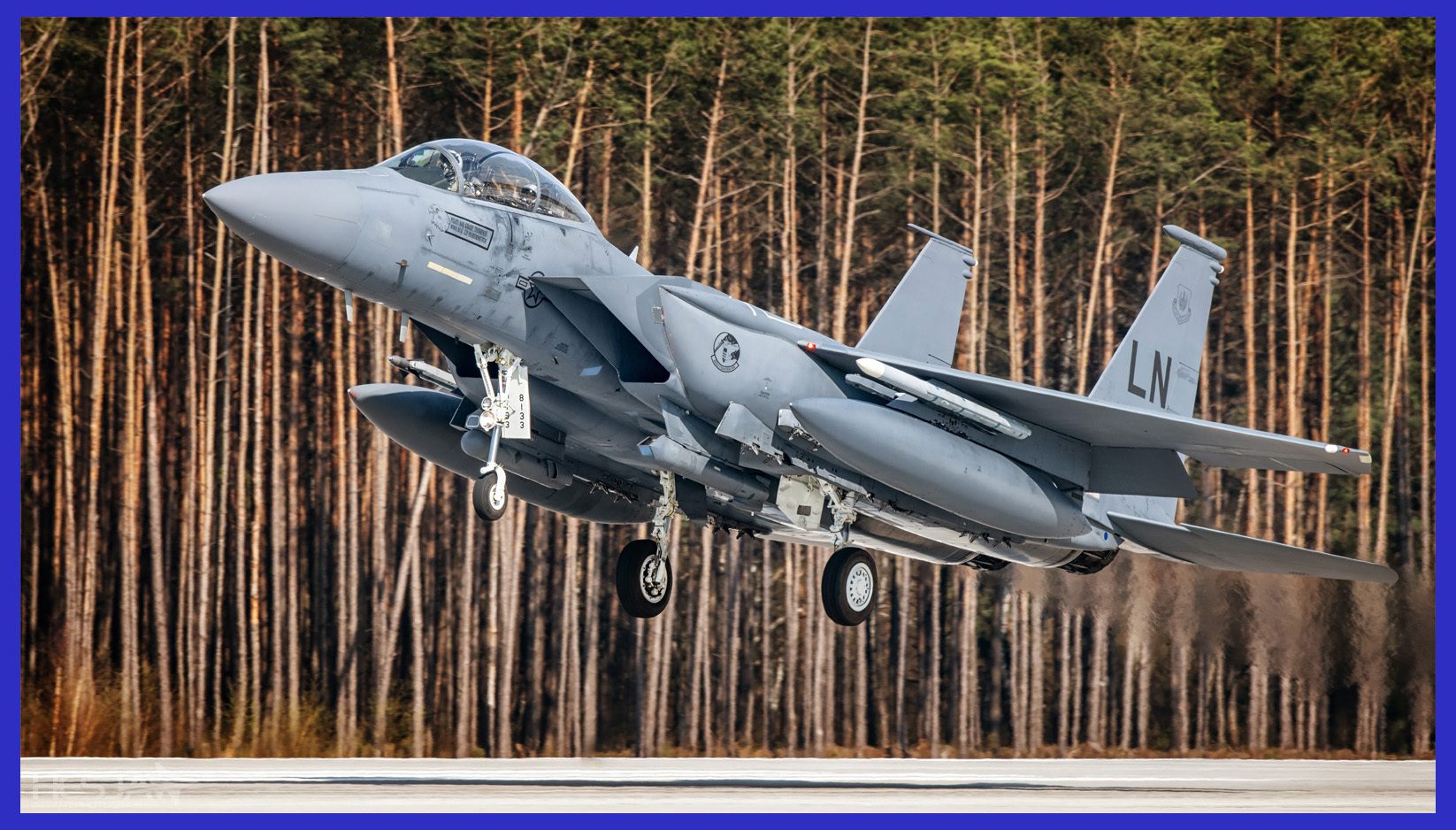
An overview of the development process
In the late 1980s, McDonnell Douglas was assigned to develop the F-15E in response to the emerging requirement. To replace the F-111, the USAF initiated the Enhanced Tactical Fighter program in March 1981, later renamed the Dual-Role Fighter (DRF) program. The goal was to create an aircraft capable of independent air interdiction missions without fighter escort or jamming. McDonnell Douglas proposed the F-15E, while General Dynamics offered the F-16XL. Under Brigadier General Ronald W. Yates’ leadership, the F-15E completed over 200 flights, demonstrating a takeoff weight of over 75,000 pounds and evaluated in 16 weapon-carrying configurations.
Despite the promising performance enhancements of the F-16XL with its altered cranked-delta wing design, the USAF selected the F-15E on February 24, 1984, due to its lower development costs, growth potential, and twin-engine redundancy. Initially, the USAF planned for 400 aircraft, but the number was later reduced to 390. Work on the first three F-15E aircraft began in July 1985.
The maiden flight of the first aircraft occurred on December 11, 1986, piloted by Gary Jennings, reaching Mach 2.9 and an altitude of 40,000 feet (12,000 m) in a 75-minute flight. This aircraft featured a modified front fuselage and a complete F-15E avionics suite, excluding the aft fuselage and shared engine compartment. The first fully completed F-15E had its maiden flight on March 31, 1987. In April 1988, the 405th Tactical Training Wing at Luke Air Force Base received the first production F-15E. A total of 236 F-15E aircraft were produced for the USAF until 2001, with ongoing production in the 2000s.
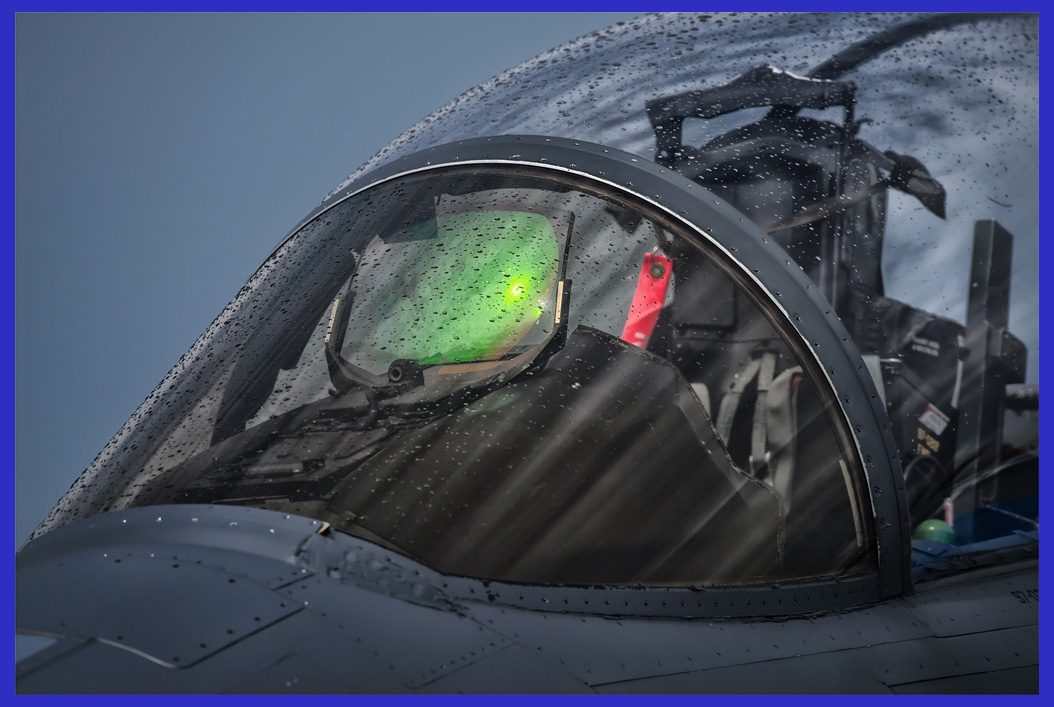
Further, Upgrade Programs from 2007 Onwards
With the aim of becoming the backbone of USAFs in 21st-century warfare, the F-15E Strike Eagle has undergone several upgrade programs to enhance its capabilities, address obsolescence issues, and ensure its continued effectiveness in modern warfare. Here are some of the notable upgrade programs of the F-15E:
The F-15E Radar Modernization Program (RMP): aimed to replace the aircraft’s ageing APG-70 radar with the more advanced APG-82(V)1 Active Electronically Scanned Array (AESA) radar. The AESA radar provides improved detection range, target tracking, and reliability, enhancing the aircraft’s situational awareness and target engagement capabilities. The new radar is a part of the F-15E Radar Modernization Program, which will also upgrade the environment control and electronic warfare systems, and add a wideband radome, allowing the aircraft to operate on additional radar frequencies.
F-15E Incremental Modernization Program (IMP): The F-15E IMP was an effort to upgrade the avionics and mission systems of the aircraft. It included the introduction of new processors, displays, and software upgrades, improving the pilot’s situational awareness and enabling the integration of newer weapon systems.
F-15E Digital Electronic Warfare System (DEWS): The DEWS upgrade focused on enhancing the F-15E’s electronic warfare capabilities. It included the installation of advanced radar warning receivers, electronic countermeasures systems, and digital electronic warfare equipment, providing improved threat detection and response capabilities.
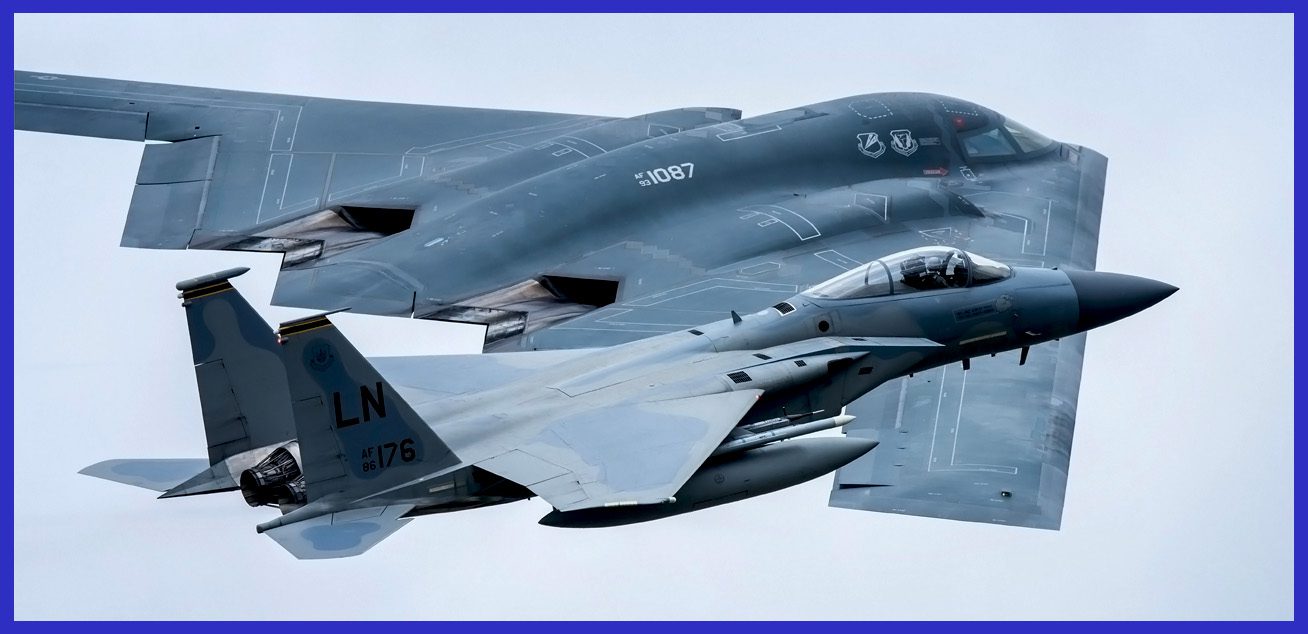
The Precision Strike Upgrade (PSU): the program had the objective of improving the F-15E’s precision strike capabilities through the integration of new weapons systems and enhancements to the aircraft’s targeting and navigation capabilities. This initiative involved the incorporation of advanced guided munitions, including the Joint Direct Attack Munition (JDAM) and Small Diameter Bomb (SDB). These additions enabled the F-15E to engage targets with enhanced accuracy and efficiency, thereby improving its overall operational effectiveness.
Program for Structural Integrity (SIP): The SIP addressed structural problems and fatigue difficulties with the deteriorating F-15E airframes. To increase the aircraft’s service life and guarantee its structural integrity, it involved inspections, repairs, and structural upgrades. The F-15E is anticipated to continue in service into 2025 thanks to its stronger airframe, which has a lifespan rated for twice as long as earlier types. The USAF’s F-15E fleet has an average age of 21 years old and 6,000 hours of airframe flight as of December 2012.
In 2021, Boeing announced that its F-15EX Eagle II aircraft would replace the current fleet of F-15C Eagle fighters in the USAF, with the possibility of also replacing the F-15E Strike Eagle aircraft. The F-15EX Eagle II closely follows the design of the Strike Eagle, featuring a two-seat configuration and enhanced air-to-ground capabilities. The USAF has indicated that they will consider the replacement of the Strike Eagles with the F-15EX at a later stage.
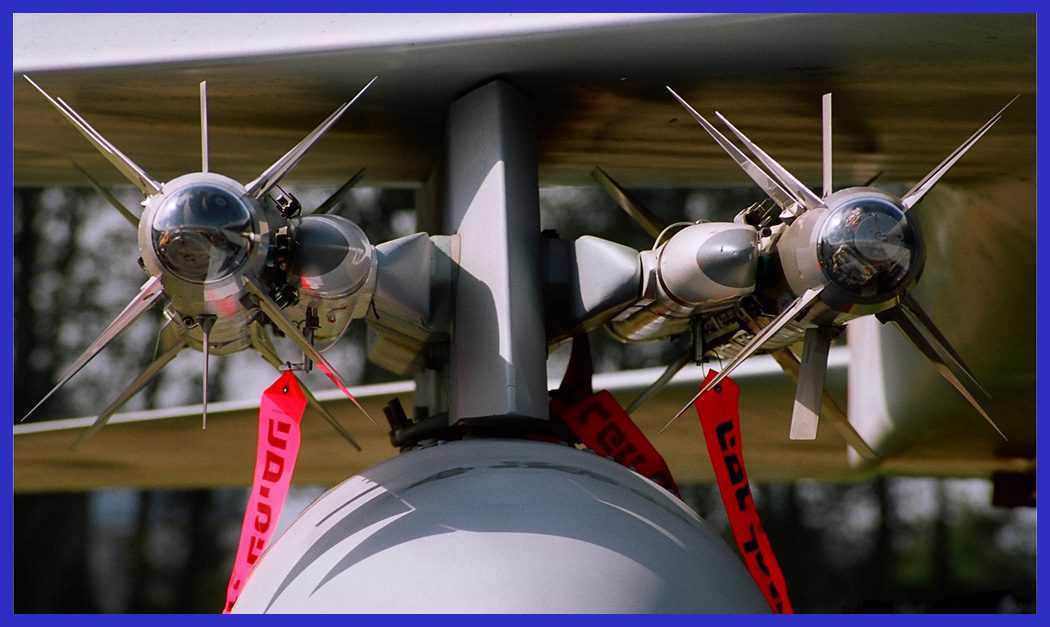
Reigniting Dominance: The Final Arrival of the Boeing F-15EX Eagle II
The Boeing F-15EX Eagle II is a formidable all-weather multirole strike fighter derived from the legendary McDonnell Douglas F-15E Strike Eagle. It stands as an advanced and highly capable fighter aircraft, meticulously developed as an upgraded variant of the esteemed F-15 Eagle platform. This cutting-edge aircraft incorporates state-of-the-art technologies and remarkable enhancements, positioning it to deliver unrivalled air superiority and strike capabilities. As of now in 2023, it surpasses its competitors, setting a new standard in aerial dominance.
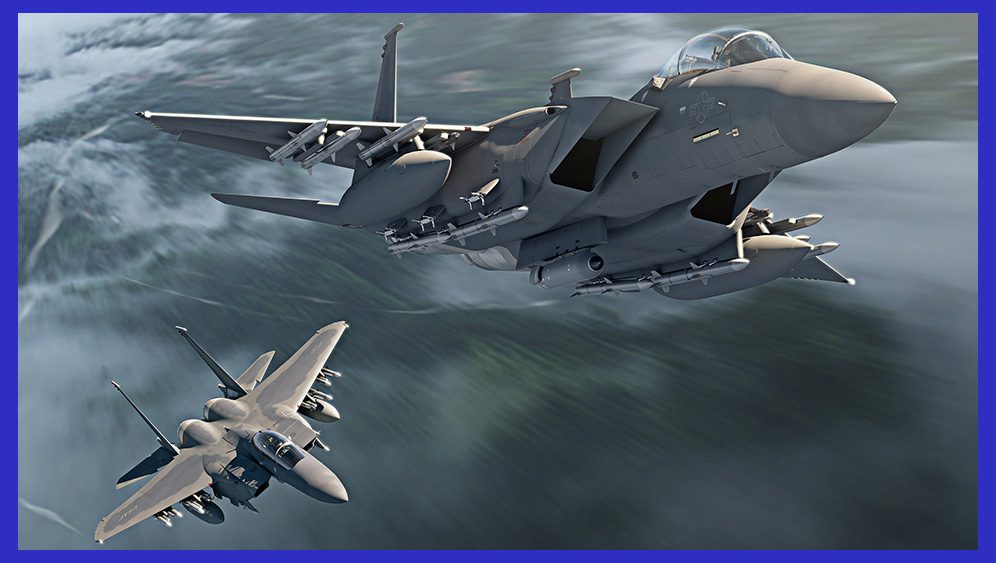
The Development of the Boeing F-15EX Eagle II
In 2018, the United States Air Force (USAF) and Boeing engaged in discussions regarding the development of the F-15X, also referred to as the Advanced F-15. This proposed variant, which drew inspiration from the F-15QA, had the primary objective of replacing the ageing fleet of F-15C/Ds within the USAF. The planned enhancements for the F-15EX involved the incorporation of the AMBER (Advanced Missile and Bomb Ejector Rack) system, which would enable the aircraft to carry a maximum of 22 air-to-air missiles. This notable modification significantly expanded the aircraft’s capacity, allowing for a broader selection of air-to-air and air-to-ground weapons to be carried, thus considerably augmenting its versatility and overall mission capabilities.
To further enhance the operational flexibility of the F-15EX, notable enhancements were made, including the integration of infrared search and track technology, advanced avionics and electronic warfare equipment, an upgraded AESA radar, and a revised structure with a service life of 20,000 hours. Keeping all these updates in mind, Boeing proposed two variants: the single-seat F-15CX and the two-seat F-15EX, both possessing identical capabilities. After careful consideration, the USAF ultimately selected the two-seat variant, which can be operated by either a single pilot or with a weapon systems officer (WSO) for more complex missions and potential coordination of collaborative combat aircraft. One contributing factor to this decision was the fact that only two-seat F-15 models were still in production.

The USAF procured the F-15EX in order to maintain fleet size, as F-22 production had ended, the F-35 was experiencing delays, and the existing F-15s were ageing. While it is not expected to be viable against modern air defences by 2028, the F-15EX can fulfil roles such as homeland and airbase defence, enforce no-fly zones against limited air defences, and deploy standoff weapons. In July 2020, the U.S. Defense Department placed an order for eight F-15EXs to be delivered over a span of three years, at a cost of $1.2 billion. Additionally, in August 2020, the USAF announced plans to replace F-15Cs of Air National Guard units in Florida and Oregon with F-15EXs.
The F-15EX conducted its maiden flight on 2 February 2021, and the first aircraft was delivered to the USAF in March 2021. It was subsequently flown to Eglin Air Force Base in Florida for further testing. On 7 April 2021, the official name of “Eagle II” was announced for the F-15EX.
In May 2022, the USAF placed an order for 80 F-15EXs, showcasing its commitment to the program. The first operational F-15EXs were not equipped with conformal fuel tanks, (as extended-range operations were not deemed necessary for their intended role of defending homeland security). Looking ahead, the Air Force’s proposed budget for fiscal year 2024 includes funds to acquire an additional 24 F-15EXs, which would bring the planned fleet size to 104 aircraft. Building on this expansion, on 18 April 2023, it was announced that the California and Louisiana Air National Guards would replace their F-15C/D fleets with the F-15EX. This decision underscores the USAF’s confidence in the capabilities and value of the F-15EX for its strategic objectives.
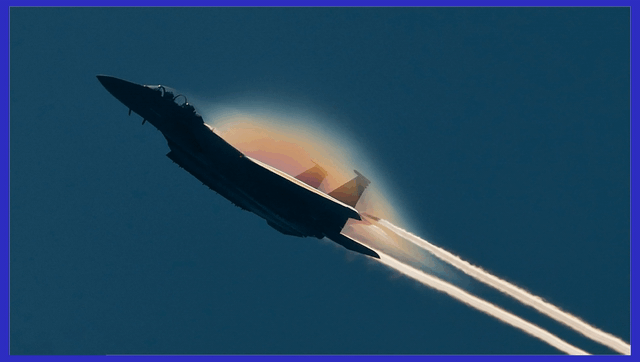
An Analysis of the Boeing F-15EX Eagle II Design
The design of the Boeing F-15EX Eagle II reflects a careful balance of incorporating advanced technologies and capabilities while building upon the successful foundation of the F-15 Eagle platform. Here is an analysis of the key design elements and their impact on the aircraft’s performance:
Airframe and Configuration: The F-15EX retains the original F-15’s twin-engine, twin-tail layout, which offers stability and manoeuvrability. The airframe has been extended to accommodate a second seat for the Weapons Systems Officer (WSO), facilitating efficient mission planning and execution. However, the fundamental airframe has proven adaptable enough to create a highly effective strike fighter. While the F-15EX is designed for ground attacks, it retains the same devastating air-to-air capability as the F-15 and can effectively defend itself against intruding aircraft.
Avionics and Systems Integration: The F-15EX integrates advanced avionics and systems, including the Eagle Passive/Active Warning and Survivability System (EPAWSS). As the first USAF F-15 to feature digital fly-by-wire flight controls, a Large Area Display (LAD) glass cockpit, APG-82 AESA radar, and Joint Helmet Mounted Cueing System (JHMCS), the Eagle II sets new standards. It also pioneers Open Mission System (OMS) software for rapid upgrades and enhanced capabilities, alongside the latest Suite 9.1 software shared with upgraded legacy aircraft. Overall, these systems augment electronic warfare capabilities, situational awareness, and threat detection and countermeasures, thereby bolstering the aircraft’s survivability in complex environments.

Enhanced Payload Capacity: The F-15EX boasts an augmented internal payload capacity, including the General Electric M61A1 20 mm cannon with 500 rounds, as well as an increased external payload capacity when compared to previous F-15 variants. This enlarged capacity enables the aircraft to carry a greater variety of air-to-air and air-to-ground weapons, providing increased mission flexibility and firepower. With a total of 23 hardpoints, including 4 wing pylons and predominantly configured fuselage pylons, it also incorporates missile and bomb racks on the Conformal Fuel Tanks (CFTs). These CFTs have a remarkable total capacity of 29,500 pounds (13,400 kg) for external fuel and ordnance, making the aircraft unparalleled in its class of other fighters.
Radar System: The F-15EX is equipped with the Raytheon-made AN/APG-82(V)1 Active Electronically Scanned Array (AESA) radar, offering improved capabilities for target detection, tracking, and engagement. One notable feature is the ability to freeze the air-to-ground map after sweeping a target area, allowing the crew to switch to air-to-air mode and scan for aerial threats. During air-to-surface weapon delivery, the pilot can detect, target, and engage air-to-air targets, while the Weapon Systems Officer (WSO) focuses on designating ground targets. The AESA radar empowers the pilot to engage multiple targets simultaneously at extended ranges, ensuring superior performance in both air-to-air and air-to-ground operations.
The F-15E, on the other hand, is equipped with the externally mounted LANTIRN (Low Altitude Navigation and Targeting Infrared for Night) system, and Sniper Targeting Pod which enables the aircraft to engage ground targets using various precision-guided and unguided weapons at low altitudes, during nighttime, and in inclement weather. The LANTIRN system comprises two pods connected to the exterior of the aircraft, delivering munitions with excellent accuracy day or night and in any weather conditions. The head-up display (HUD) can project the LANTIRN’s video feed during nighttime missions, generating an infrared image of the ground.
The navigation pod of the F-15EX includes a terrain-following radar, allowing the pilot to safely fly at very low altitudes by following HUD cues. Additionally, it can be connected to an autopilot for hands-free terrain following. The navigation pod also features a forward-looking infrared system that projects information onto the HUD, often used for nighttime or low-light operations. The navigation pod is mounted beneath the right engine intake. The targeting pod, located behind the left engine intake, houses a laser designator and tracking system capable of marking enemy positions for neutralization at distances up to 10 miles (16 km). Once tracking is initiated, targeting data is automatically transmitted to laser-guided bombs or infrared-homing air-to-surface missiles, ready for launch.
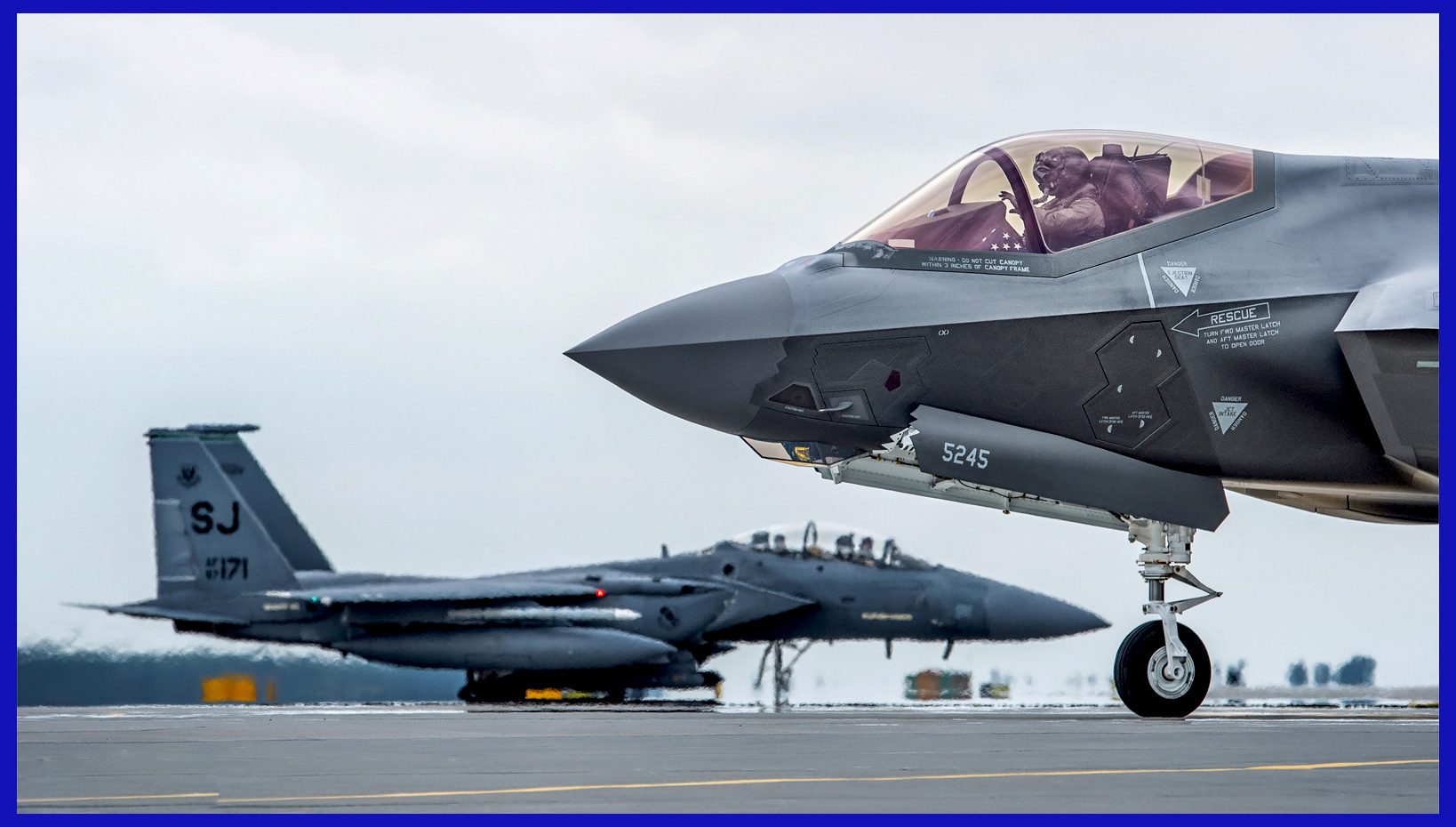
Fly-By-Wire Flight Control System: The incorporation of a fly-by-wire flight control system in the F-15EX enhances manoeuvrability, responsiveness, and flight control precision. By replacing the traditional mechanical controls with electronic systems, the aircraft becomes more agile, reducing pilot workload and increasing mission effectiveness.
Digital Cockpit: The F-15EX features a modernized digital cockpit that includes large-area displays and an improved human-machine interface. Since 2004, the South Korean firm LIG Nex1 has been responsible for manufacturing the F-15’s Head-up display. Additionally, LIG Nex1 is currently preparing to manufacture the new multi-function display and flight control computer for the F-15. These advanced displays provide enhanced situational awareness by presenting critical flight and mission information in a clear manner, which aids in pilot decision-making and enables efficient coordination of aircraft systems.
Open Mission Systems (OMS): The F-15EX incorporates an open architecture concept known as Open Mission Systems (OMS). This design approach enables easier integration of future technologies, systems, and software upgrades, ensuring the aircraft’s long-term adaptability and reducing lifecycle costs. Additionally, the tactical electronic warfare system (TEWS) integrates all countermeasures on the aircraft, including radar warning receivers, radar jammers, and chaff/flare dispensers, all of which are interconnected with the TEWS to provide comprehensive defence against detection and tracking. When necessary, an externally mounted ECM pod is carried on the centerline pylon. The Multifunctional Information Distribution System (MIDS) Fighter Data Link Terminal, produced by BAE Systems, enhances situational awareness and communication capabilities through the Link 16 datalink.
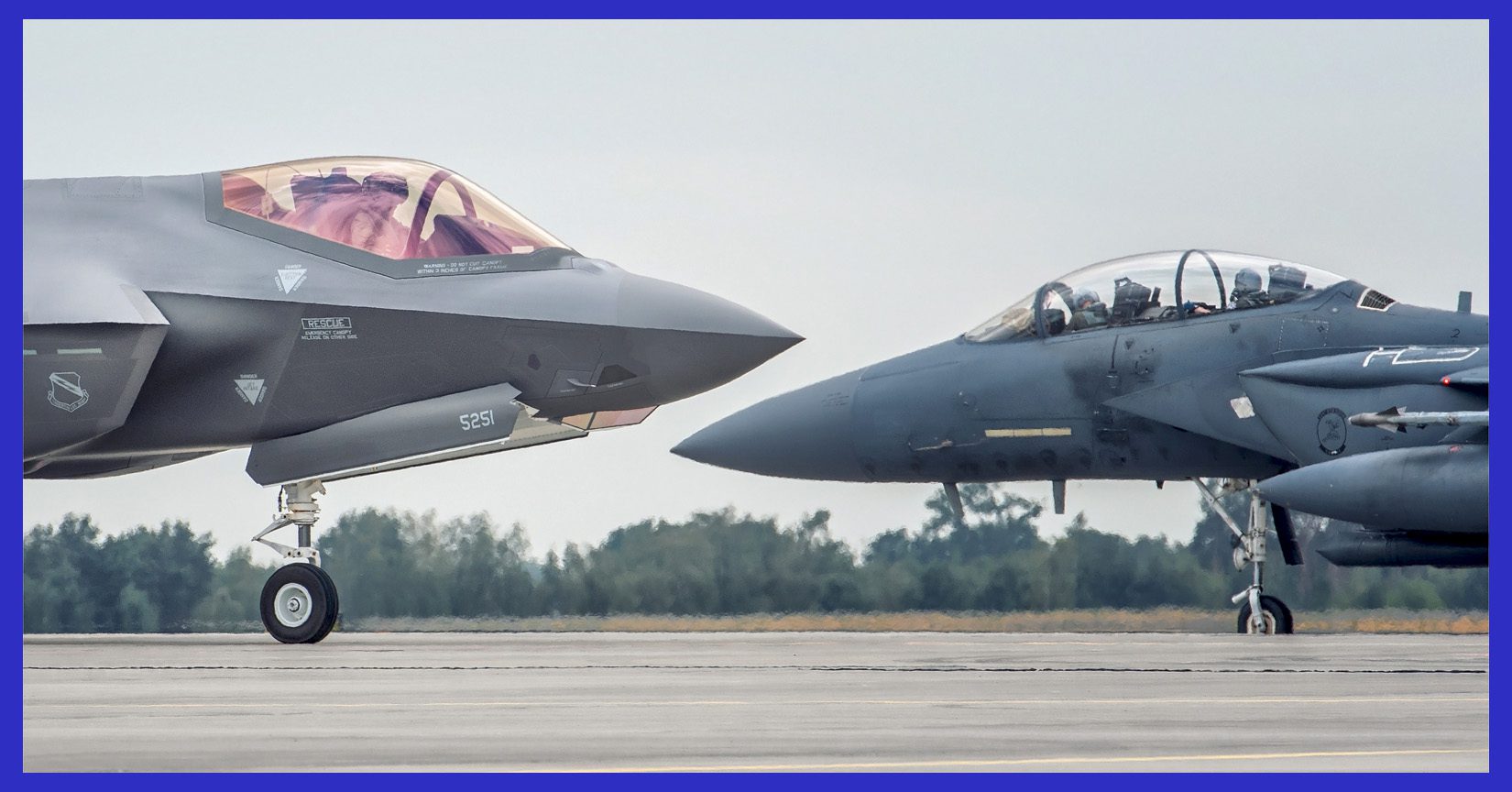
The F-15EX Power Plant: The power plant of the F-15 consists of Pratt & Whitney F100-PW-220 engines for early variant aircraft, while later batches are equipped with the more powerful P&W F100-PW-229 engines. However, on October 29, 2021, the U.S. Air Force awarded GE a firm-fixed-price contract worth $1.58 billion to supply F110-GE-129 engines specifically designed for the Boeing F-15EX Eagle II. This decision designates GE as the exclusive provider of propulsion systems for the entire planned fleet of F-15EX aircraft by the U.S. Air Force.
Presently, GE is delivering Lot 1 engines for the F-15EX program, including two test aircraft that are currently undergoing flight testing at Eglin Air Force Base in Florida. The F110-GE-129 engine stands as the sole engine that has been thoroughly tested and integrated into the fly-by-wire F-15EX configuration.
The design of the Boeing F-15EX Eagle II leverages advanced technologies and systems integration to enhance the aircraft’s air superiority and strike capabilities. By maintaining the proven aspects of the F-15 platform while integrating modern features, the F-15EX offers improved performance, enhanced situational awareness, and increased operational flexibility for the United States Air Force.

Tactical Advancements in F-15 Variants Since Their Inception
The F-15 Eagle platform has seen the development of several notable variants, each with its specific focus and capabilities.
- F-15A/B: The F-15A was the single-seat all-weather air-superiority fighter version, and the F-15B was the initial production model of the F-15 two-seat training version. They featured powerful engines, advanced avionics, and dedicated air-to-air combat capabilities.
- F-15C/D: The F-15C and F-15D are upgraded versions of the F-15A/B, focusing on improved air-to-air combat capabilities. They featured enhanced avionics, upgraded radar systems, and improved performance.
- F-15E Strike Eagle: The F-15E Strike Eagle represents a versatile multi-role iteration of the F-15 aircraft. Specifically engineered for prolonged reach in interdiction operations and deep-strike missions, this variant features conformal fuel tanks that seamlessly integrate air-to-air combat capabilities with air-to-ground strike potential. Notably, the F-15E Strike Eagle adopts a two-seat configuration, accommodating a pilot alongside a weapons systems officer (WSO). Furthermore, the aircraft’s development has extended to include export models such as the F-15I, F-15S, F-15K, F-15SG, F-15SA, and other distinctive variants. Since 1985, more than 400 F-15E and its derivative versions have successfully rolled off the production line.
- F-15SE Silent Eagle: The F-15SE Silent Eagle is a proposed variant that incorporates partial stealth features and improved survivability. It is equipped with radar-absorbent materials and other modifications aimed at reducing radar cross-section and enhancing stealth capabilities. In March 2009, Boeing unveiled the F-15SE variant of the F-15E, which achieves a reduced radar cross-section through various changes, such as replacing conformal fuel tanks with conformal weapons bays and canting the twin vertical tails 15 degrees outward.
- F-15EX Eagle II: The F-15EX Eagle II is an upgraded variant of the F-15E Strike Eagle. It combines the proven capabilities of the F-15E with advanced technologies, including updated avionics, increased payload capacity, next-generation radar, fly-by-wire controls, a digital cockpit, and compatibility with existing systems.
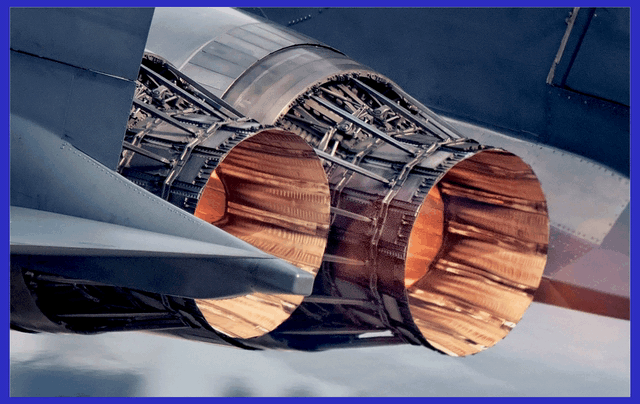
Expanding Global Reach: International Deployments of McDonnell Douglas F-15 Eagle
In addition to the United States, an increasing number of nations have made substantial acquisitions and effectively deployed the immensely advanced F-15 aircraft. Prominent exemplars comprise Israel, Japan, South Korea, Saudi Arabia, Singapore, and Qatar, thereby fortifying the worldwide presence and profound influence of the F-15 program.
Operational history of McDonnell Douglas F-15 Eagle
The McDonnell Douglas F-15 Eagle has an impressive operational history, with a proven track record of success in various conflicts and air forces around the world. Here are some notable highlights of its operational history:
- Operation Desert Storm: The F-15 played a crucial role in the 1991 Gulf War. F-15C/D models engaged Iraqi aircraft in air-to-air combat, achieving a remarkable 36-to-0 kill ratio. F-15Es conducted deep-strike missions, attacking strategic targets with precision-guided munitions.
- Operation Southern Watch and Operation Northern Watch: F-15s were heavily involved in enforcing no-fly zones over Iraq in the aftermath of the Gulf War. They patrolled the skies, deterring hostile aircraft and enforcing United Nations resolutions.
- Operations in the Balkans: During these operations, the F-15C/D variants primarily focused on air superiority and combat air patrol missions. With their advanced radar systems, powerful engines, and air-to-air weapons, they played a crucial role in maintaining airspace control and safeguarding allied aircraft from hostile threats. The F-15’s exceptional performance and combat capabilities contributed significantly to the success of these operations and ensured the safety and effectiveness of the involved NATO air forces.
- Operation Enduring Freedom: This was a military campaign launched by the United States and its allies in response to the September 11, 2001 terrorist attacks. Its primary objectives included combating terrorism, dismantling Al-Qaeda, and removing the Taliban regime in Afghanistan. The F-15 Eagle played a crucial role in achieving these goals, excelling in both air superiority and ground attack roles. Working in tandem with F-16Cs, F-15Es executed missions with precision. As combat operations progressed, the scarcity of viable targets became apparent, as most had already been eliminated. Furthermore, the Taliban’s arsenal, including SA-7 and FIM-92 Stinger portable surface-to-air missiles, posed minimal threat to aircraft operating above 7,000 feet (2,100 m).
- Operation Iraqi Freedom: The F-15E Strike Eagle played a substantial and vital role in both Iraq and Afghanistan. F-15Es were extensively deployed for ground attack missions, delivering crucial close air support and executing precision strikes on enemy targets. Throughout these conflicts, the F-15Es were acknowledged for their remarkable achievements, notably contributing to the destruction of 60% of the Iraqi Medina Republican Guard’s total force. They also effectively neutralized 65 MiGs positioned on the ground while successfully demolishing key air defence and command structures in Baghdad. Collaborating seamlessly with other deployed aircraft at Al Udeid, such as RAAF F/A-18s, USAF F-16s and F-117s, RAF Panavia Tornados, and US Navy F-14s, the F-15Es made an indelible impact within the theatre of operations.
- Operation Inherent Resolve: F-15E Strike Eagles have been actively involved in the fight against ISIS in Iraq and Syria. They have conducted numerous airstrikes, targeting ISIS positions and infrastructure, and supporting ground forces.
- Usage of F-15s by Israel: The Israeli Air Force has extensively utilized the F-15, highlighting its impressive capabilities. In the 1982 Lebanon War, Israeli F-15s engaged in intense aerial combat with Syrian aircraft. Moreover, the F-15I Ra’am variant has played a crucial role in conducting long-range strikes and serving as a strategic deterrent. It is worth noting that the F-15 achieved its first kill in 1979 when Israeli Air Force (IAF) ace Moshe Melnik secured a decisive victory. During subsequent IAF raids on Palestinian factions in Lebanon from 1979 to 1981, F-15As reportedly downed 13 Syrian MiG-21s and two Syrian MiG-25s.
- Additionally, Israeli F-15As and Bs performed vital escort duties during Operation Opera, an air strike targeting an Iraqi nuclear reactor. The 1982 Lebanon War witnessed Israeli F-15s being credited with destroying 41 Syrian aircraft, including 23 MiG-21s, 17 MiG-23s, and one Gazelle helicopter. Another noteworthy achievement took place during Operation Mole Cricket 19, where Israeli F-15s and F-16s effectively shot down 82 Syrian fighters, which included MiG-21s, MiG-23s, and MiG-23Ms, without incurring any losses of their own.
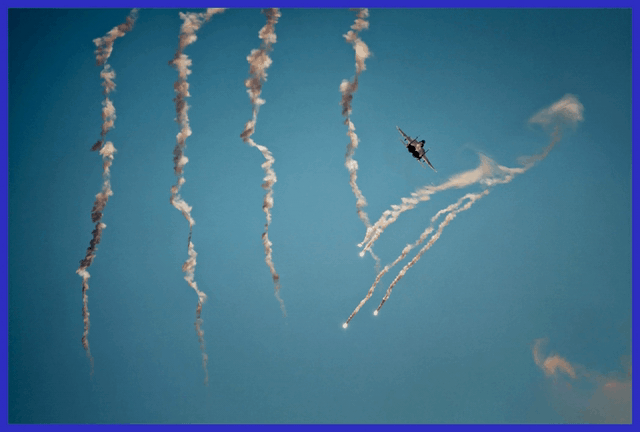
The Latest Generation Boeing F-15EX Eagle II Technical Specifications
- Crew: 2 ( pilot and weapon systems officer )
- Length: 63 ft 9.6 in ( 19.44 m )
- Wingspan: 42 ft 9.6 in ( 13.04 m )
- Height: 18 ft 6 in ( 5.64 m )
- Wing area: 608 sq ft ( 56.48 m2 )
- Empty Weight: 14,400 kg ( 31,700 lb )
- Max Takeoff Weight: 37,000 kg ( 81,000 lb )
- Max Weapons Payload: 13,400 kg ( 29,500 lb )
- Powerplant: 2 × General Electric F110-GE-129 afterburning turbofan, 17,155 lbf ( 76.31 kN ) thrust each dry, 29,500 lbf ( 131 kN ) with afterburner
- Max Speed: 2,656 km/h ( 1,650 mph ) Mach 2.5+ at high altitude
- Combat range: 1,272 km ( 791 m ) without aerial refuelling
- Ferry range on internal fuel: 4,800 km ( 3,000 mi ) with conformal fuel tanks and three external fuel tanks
- Service ceiling: 60,000 ft ( 18,000 m )
- g limits: +9
- Rate of Climb: 50,000 ft/min ( 250 m/s )
- Thrust/weight: 0.93
- Armament: The F-15EX is equipped with one 20 mm (0.79 in) M61 Vulcan 6-barreled Gatling cannon, featuring 500 rounds of ammunition. Additionally, the aircraft is designed with 23 total hardpoints, including fuselage pylons and bomb racks on CFTs, capable of carrying a payload of up to 29,500 pounds (13,400 kg). These stations enable the F-15EX to carry a diverse array of weapons, such as Sidewinder, AMRAAM, ASRAAM, JATM air-to-air missiles, HARM, JASSM, JAGM, Maverick, SLAM-ER, JSOW, Taurus KEPD 350 (integrated on South Korean Air Force F-15Ks) air-to-surface missiles, LRASM, JSM anti-ship missiles, JDAM, Paveway, JSOW, SDB StormBreaker, and B-61 Bombs. Furthermore, ongoing testing and development efforts are underway to integrate numerous other weapons with the F-15EX in the future.

Furthermore, take advantage of this exclusive opportunity to acquire the exquisite large-scale 1/72 premium die-cast models of the formidable McDonnell F-15 Eagle and F-15E Strike Eagle. These remarkable and iconic military jets, widely acclaimed as the epitome of advanced interceptors with an impeccable track record of zero losses, are now available for purchase on AirModels with worldwide delivery. Do not let this chance slip away to own these exceptional and meticulously crafted models that flawlessly encapsulate the essence of aviation history. Click here now to secure your piece before the limited stock is depleted.
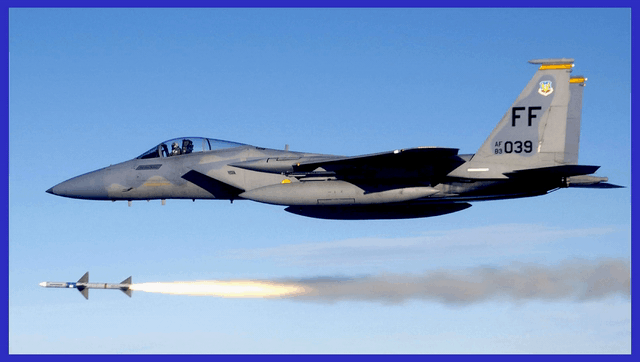
In conclusion, the McDonnell Douglas F-15 Eagle has consistently proven itself as a premier air superiority fighter, establishing a remarkable legacy in the field of military aviation. From its first deployment in the 1970s to its continued service today, the F-15 has remained at the forefront of aerial dominance. With its powerful engines, advanced avionics, and exceptional manoeuvrability, the F-15 has consistently demonstrated its superiority in air-to-air combat. Its impressive kill ratio and unmatched performance in engagements have solidified its reputation as an unrivalled dogfighter.
Over the years, the F-15 platform has evolved to meet changing operational needs. Variants like the F-15E Strike Eagle have added ground attack capabilities, showcasing the aircraft’s versatility and adaptability. The F-15 has played crucial roles in conflicts such as Operation Desert Storm, Operation Enduring Freedom, and numerous other operations, where its unmatched capabilities have provided air superiority and effective strikes against enemy targets.
As the F-15 continues to evolve with advancements like the F-15EX Eagle II, integrating modern technologies and improved systems, its legacy of air superiority and mission success is poised to continue. The F-15’s dominance in the skies is a testament to its exceptional design, continuous upgrades, and the ongoing commitment to excellence by all those involved in its development and operation.
Important Announcement for Our Valued Readers!
After an article is published, it is possible that updates or changes may have occurred beyond the time of publication. Therefore, it is important to be aware that certain information in the article might be outdated. To ensure the most accurate analysis, it is highly recommended to verify the content with the latest sources available.
However, we are dedicated to delivering outstanding articles on military products and global updates. Maintaining quality and smooth operation requires resources. Your support sustains our efforts in providing insightful content. By purchasing high-quality products through our affiliated links, you help us keep our platform alive and acquire top-notch items. Your unwavering support is invaluable and inspires us to strive further.
We welcome your suggestions and requests for more information, as we value feedback from our readers. If there’s specific defence material or equipment not covered on our site, please share your request in the comments. We’ll strive to research and provide the required information. We sincerely thank you for your unwavering interest in our website, and we eagerly anticipate hearing from you! Enjoy your reading experience!
